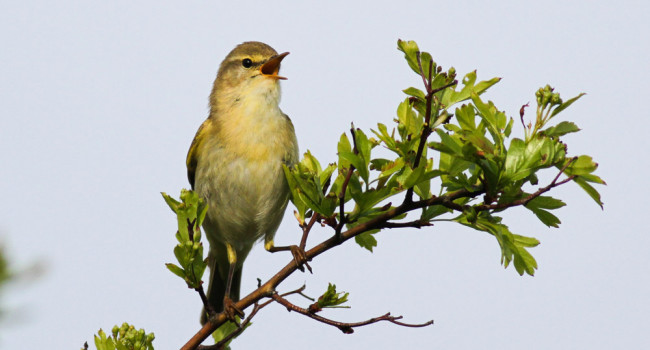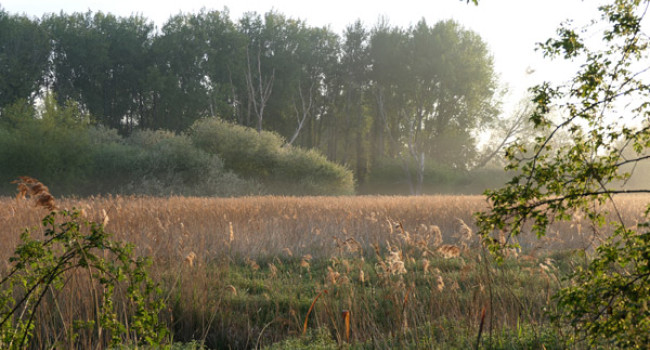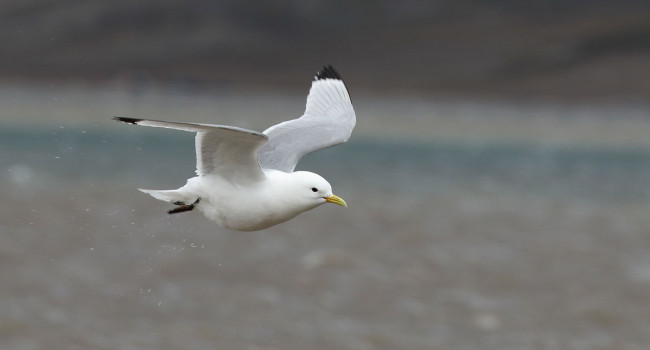Declines in invertebrates and birds – could they be linked by climate change?

Author(s): Pearce-Higgins, J.W. & Morris, R.K.A.
Published: January 2023
Journal: Bird Study
Digital Identifier No. (DOI): 10.1080/00063657.2022.2157373
Many of the detected effects of climate change on biodiversity have occurred through impacts on food chains. We know that many birds are insectivorous during the breeding season, and various studies have shown that their breeding success is linked to the abundance of invertebrate prey. However, there have been few studies exploring the link between variation in invertebrate populations and long-term changes in bird populations, something that is examined in this paper through four case studies.
The first of these brings together a suite of studies examining the relationship between the abundance and availability of soil invertebrates, such as earthworms and cranefly larvae, and their predators (notably Song Thrush, Blackbird, Curlew and Golden Plover). The authors identify the current lack of long-term monitoring of soil invertebrates as a knowledge gap and flag this as a priority that could be addressed through citizen science.
The second case study looks at published research concerning the interactions between leaf-dwelling invertebrates, such as caterpillars, and their predators. This highlights our understanding of some familiar woodland insectivores (such as Great Tit, Blue Tit and Pied Flycatcher) and established links between breeding success and caterpillar abundance. It also recognises that current evidence points to climate change impacts on these woodland birds being mediated through variation in invertebrate populations rather than the timing of their peak availability.
The third case study examines the potential large-scale declines in the biomass of flying invertebrates, first highlighted by research in Germany. Long-term patterns in the UK appear to be more complex, as evidenced by data from the Rothamsted Insect Survey and elsewhere. The question of whether declines in UK Swift, Spotted Flycatcher, House Martin and Swallow populations are a sign of wider declines in aerial invertebrates requires further study. The final case study looks at aquatic invertebrates and their avian predators, additionally highlighting how populations of the former might help to support bird populations away from wetland habitats.
Through the review it becomes clear that our ability to understand the links between invertebrate and bird populations is hampered by a lack of extensive long-term monitoring data for many invertebrate species. The authors call for greater collaboration between entomologists and ornithologists, to support new empirical research and long-term monitoring initiatives to better link changes in insect populations and birds. Such studies will be particularly important if we are to understand likely future increasing climate change pressures on birds.







Share this page